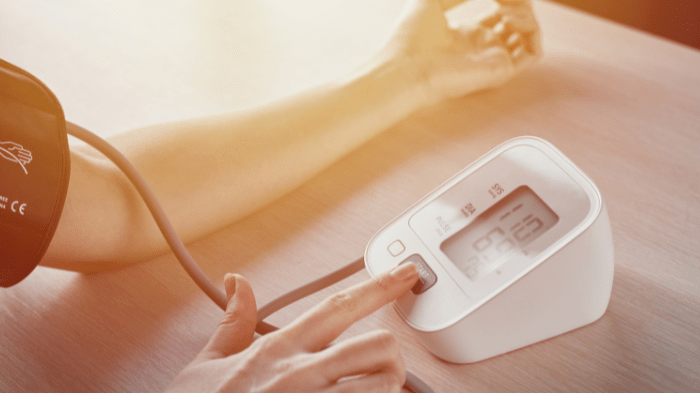
Expression of interest: Telemonitoring in rural general practice
Chronic conditions account for 60-70 per cent of all deaths worldwide and are the leading cause of inequality in health outcomes across social groups.
As the prevalence of chronic illness continues to increase with our aging population, remote home telehealth monitoring is emerging as a possible means of delivering care in a more cost effective and patient-centred way, while overcoming problems of inaccessibility (Waitemata DHB, n.d.).
A Waitemata DHB review (n.d.) of a remote home monitoring trial that ran from 2010-2012 demonstrated:
- patients feel looked after and safe
- patients become more knowledgeable about their condition and are better able to self-manage
- patients can access care more easily, and in a more timely way
- families are more included in care
- clinical staff involved are not only able to share roles more widely, but also feel the service adds value to patient care.
Rural practice opportunity
15 COPD and CHF remote patient monitoring kits for the Tunstell telemonitoring pilot were approved and purchased by RRAG.
With the pilot now finished we will be gifting this equipment by way of EOI.
If you are a rural practice and would like to have these devices available for supporting your practice population please read the telemonitoring guide which shares our key learnings and get in touch by Friday 21 October 2022.
Interested? Please email
MHN Admin team
MHNAdminTeam@pinnacle.health.nz
For more information on telemonitoring
Jo Scott-Jones, Clinical Director
drjo@pinnacle.health.nz
027 475 0488
As the prevalence of chronic illness continues to increase with our aging population, remote home telehealth monitoring is emerging as a possible means of delivering care.
Point of care ultrasound (POCUS) was rolled out to 29 rural GP practices across the Pinnacle network in September, with overwhelmingly positive feedback from clinicians.
Read moreThe Waikato Medical Research Foundation exists to support and encourage research within the Waikato region and to assist in the publication of the results of this research. The Foundation awards grants that contribute to the overall costs of the research project but do not fund overheads nor profit. Grant applications of up to $50,000 are welcomed.
Read moreThe extended care team is available to compliment the care you provide to your patients.
As the prevalence of chronic illness continues to increase with our aging population, remote home telehealth monitoring is emerging as a possible means of delivering care.